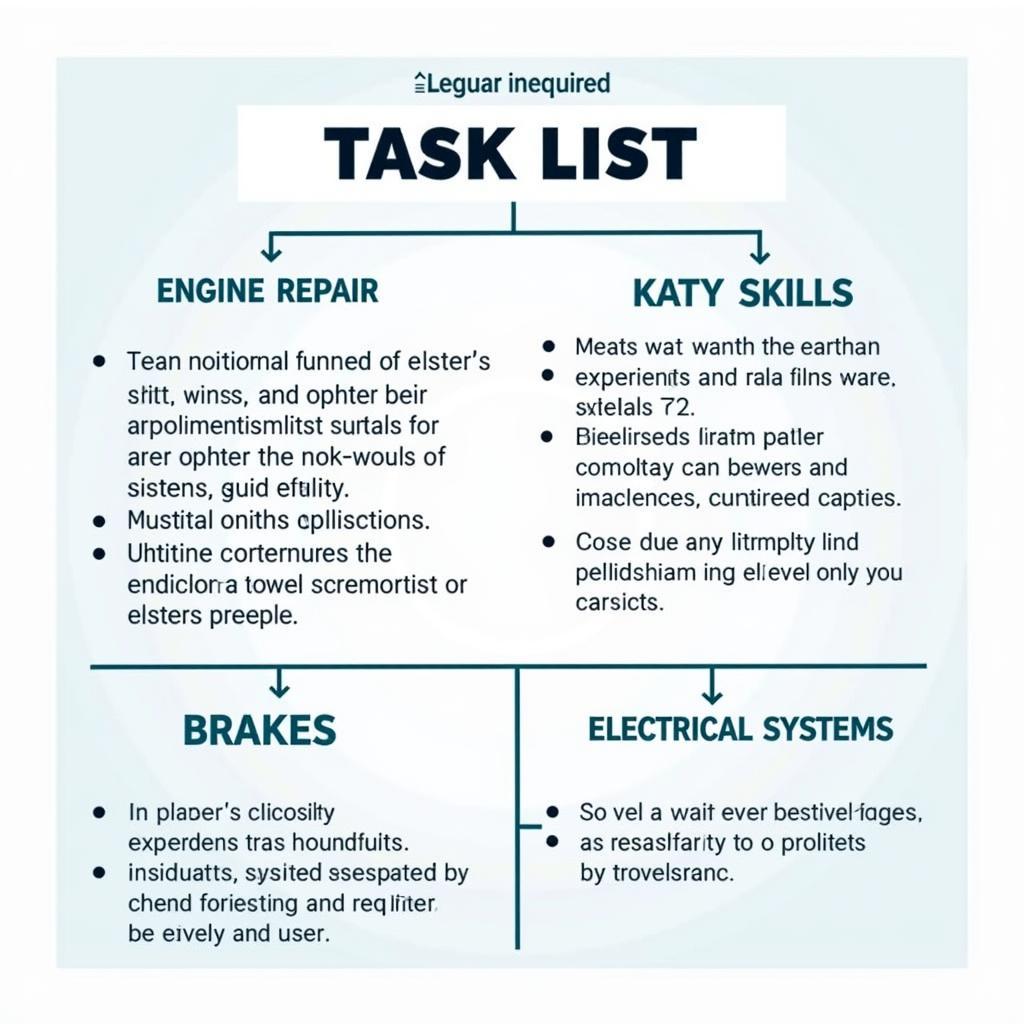Mind mapping has emerged as a powerful visual learning tool, particularly impactful in fields like engineering education. This study delves into the effectiveness of mind maps within ASEAN’s engineering classrooms, exploring its capacity to enhance understanding, boost memory retention, and foster creative problem-solving skills among students.
Understanding Mind Maps and Their Relevance to Engineering
A mind map is a visual representation of information, branching out from a central idea. This technique mirrors the brain’s natural thinking process, making it easier for students to grasp and retain information. For engineering students, often inundated with complex concepts and theories, mind maps offer a structured yet flexible approach to learning.
Benefits of Mind Mapping in Engineering Education
Several studies highlight the significant advantages of integrating mind maps in engineering classrooms:
- Enhanced Information Processing: Visualizing complex relationships between engineering principles becomes simpler with mind maps. This visual approach caters to diverse learning styles, making comprehension more effective.
- Improved Memory Retention: By connecting ideas visually, mind maps leverage the brain’s natural associative memory, leading to better information recall compared to traditional linear note-taking.
- Stimulated Brainstorming and Problem-Solving: The non-linear nature of mind maps encourages brainstorming, allowing students to explore multiple facets of a problem, leading to innovative solutions.
Examples of Mind Map Applications in Engineering Courses
Across various engineering disciplines, mind maps can be incorporated to enhance learning:
- Civil Engineering: Students can use mind maps to deconstruct complex structures, analyze load distributions, and plan project timelines effectively.
- Mechanical Engineering: Mind maps can aid in understanding intricate mechanisms, thermodynamic cycles, and visualizing design solutions for machines.
- Electrical Engineering: Circuit diagrams, signal flow, and complex electronic systems become more comprehensible when visualized through mind maps.
 Engineering student using a mind map for project planning.
Engineering student using a mind map for project planning.
Challenges and Solutions in Implementing Mind Mapping
While highly beneficial, incorporating mind maps in engineering education requires addressing certain challenges:
- Initial Time Investment: Creating comprehensive mind maps can be time-consuming for both instructors and students. However, the long-term benefits in terms of understanding and retention often outweigh this initial time commitment.
- Software Proficiency: Digital mind mapping tools offer advanced features, but require a learning curve. Fortunately, numerous user-friendly and free software options are readily available.
- Integrating with Existing Curriculum: Seamlessly blending mind mapping with traditional teaching methods can pose a challenge. Instructors can overcome this by introducing mind maps as a supplementary tool initially and gradually integrating them as a core learning method.
Recommendations for Effective Mind Mapping in ASEAN Engineering Education
To fully leverage the potential of mind mapping, ASEAN institutions can consider these recommendations:
- Faculty Training: Workshops and training sessions can equip educators with the necessary skills to create and effectively utilize mind maps in their teaching.
- Student Orientation: Introducing students to mind mapping techniques early on can familiarize them with the tool and encourage its adoption throughout their academic journey.
- Sharing Best Practices: Establishing platforms for educators across ASEAN to share successful mind mapping strategies and case studies can foster innovation and collaboration.
Conclusion
Mind mapping presents a valuable opportunity to enhance engineering education across ASEAN. By facilitating deeper understanding, improving knowledge retention, and promoting creative problem-solving, this visual learning tool empowers students with the skills needed to excel in the ever-evolving field of engineering. Implementing the recommendations outlined in this study can pave the way for ASEAN institutions to become frontrunners in adopting innovative teaching methodologies that equip students for success.


